Legal wrangling continues over 1998 murders of Victoria Police officers Gary Silk and Rod Miller
IT is almost twenty years since evil serial killer Bandali Debs and his daughter’s boyfriend murdered Victoria Police officers Gary Silk and Rod Miller. But the legal wrangling over their convictions continues.
True Crime
Don't miss out on the headlines from True Crime. Followed categories will be added to My News.
IT is 20 years on August 16 since evil serial killer Bandali Debs and his daughter’s boyfriend murdered Victoria Police officers Gary Silk and Rod Miller.
Sgt Silk and Senior-Constable Miller were shot dead at Moorabbin while working on an undercover operation to catch a pair of crooks who had teamed up to commit armed robberies on restaurants and other businesses.
At the time of the stakeout, Debs and a much younger accomplice had already held up ten businesses in the eastern and southeastern suburbs — a jury was satisfied that accomplice was his daughter Nicole’s then teenage partner, Jason Roberts.
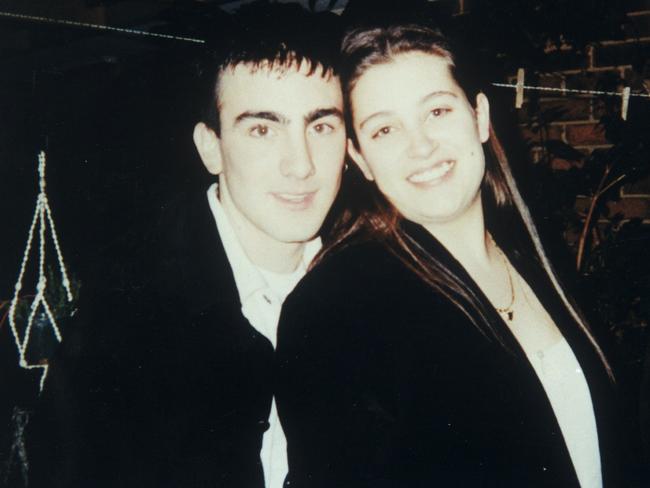
Noble Park Sportsmart assistant Olivia Coffman gave police a description of the younger of the two armed robbers who terrorised her and other staff and customers in March, 1998 — five months before the Silk-Miller murders.
When police later showed her a photograph of Roberts she confirmed he was one of the two armed robbers who tied her up during the raid.
Supreme Court judge Philip Cummins told the court during the trial of Roberts and Debs that “Ms Coffman was the best identification witness I have seen”.
Debs, who is now 65, and Roberts, who is now 37, were convicted of the Silk-Miller murders and were jailed for life in 2003.
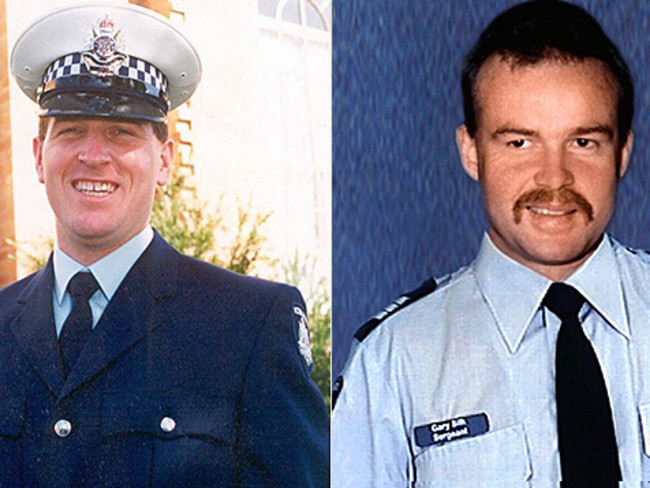
Justice Cummins sentenced Debs to die in prison with no prospect of parole while Roberts was ordered to serve a minimum of 35 years.
Retrospective legislation introduced by the Andrews Government — which bans police killers from getting parole — now means Roberts will also never be released unless he succeeds in his legal battle for a retrial and a second jury finds him not guilty.
Roberts is awaiting a decision on his latest petition of mercy, which he submitted to Attorney-General Martin Pakula in March this year, and in which he claims he wasn’t there the night of the Silk-Miller murders.
It pains Sen-Constable Miller’s widow Carmel Arthur greatly that the legal wrangling over the murders of her husband, 34 and Sgt Silk, 35 is still going on two decades after they were shot dead.
She has had to live through the committal proceedings in the Magistrates’ Court, the Supreme Court trial, a failed appeal by Debs and Roberts to the Court of Appeal and an unsuccessful High Court bid by the pair to seek special leave to appeal — and now has to face the possibility of Roberts getting a retrial.
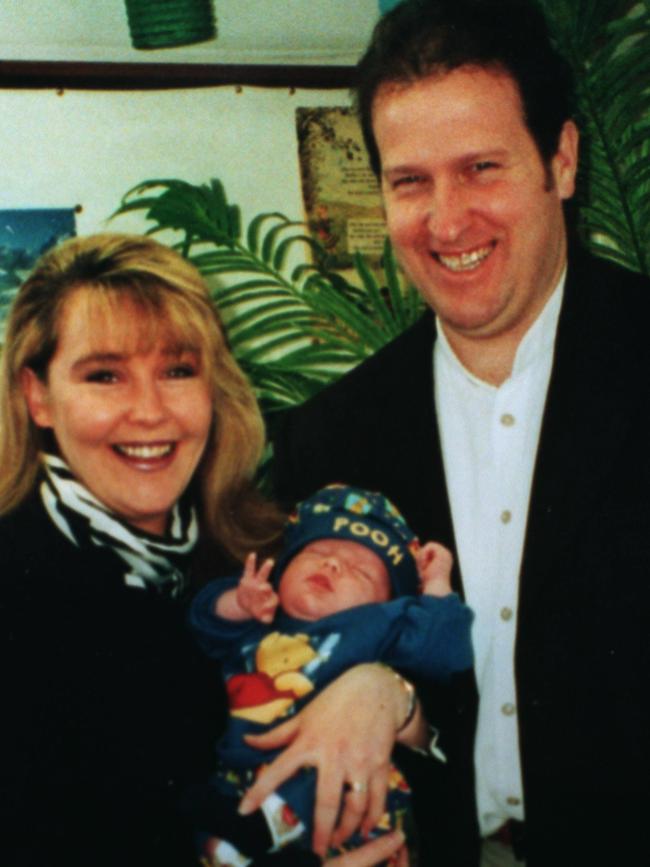
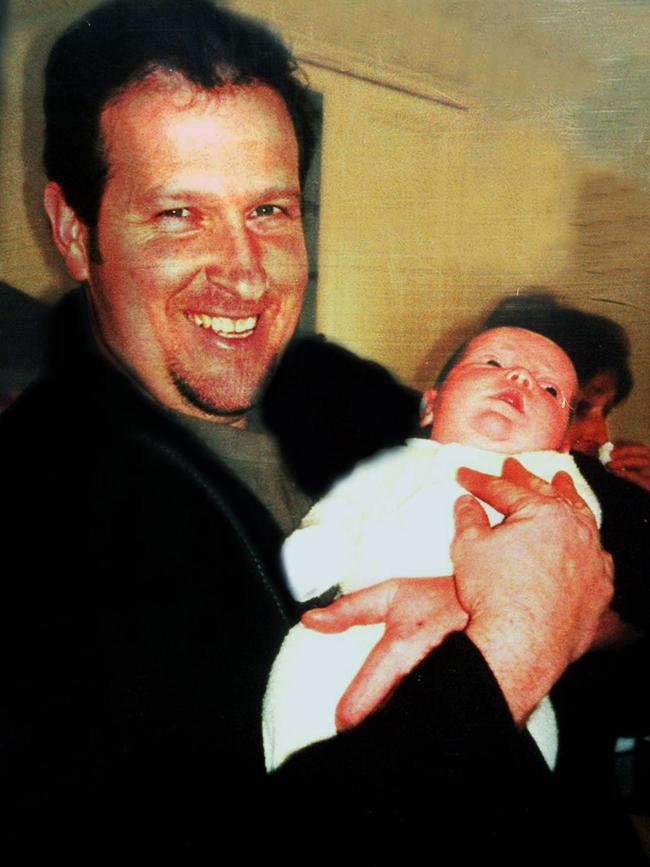
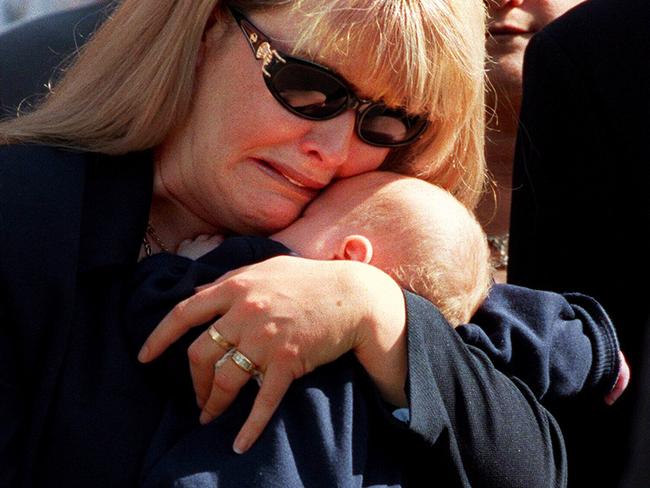
Out of respect to the judicial system, which at each stage in the past has found against Debs and Roberts, Ms Arthur yesterday refused to give her opinion on Roberts’ petition of mercy application.
“The justice system has not let us down in the past and I have every faith that it will not do so in the future,” she told the Herald Sun.
“I am very mindful that the matter is currently with both the Attorney-General and the Independent Broad-based Anti-corruption Commission.
“Any comment ahead of their findings would not be appropriate.”
Ms Arthur was willing to talk about the impact the murders of her husband and Sgt Silk by Debs and Roberts had on the Silk and Miller families and many others.
She said the lack of mental health support available to police at the time of the murders in 1998 had left many officers struggling.
“Our family is acutely aware of the impact that the murder of Rod and Gary had on colleagues, first responders and investigators,” Ms Arthur said yesterday.
“It is something that weighs heavily on our hearts; we were not the only victims of crime that night.
“The forgotten victims of Debs and Roberts were also many of the colleagues and mates of Rod and Gary. We have never forgotten their pain and trauma that emanated from that night.
“It forever changed their lives and that of their families’ and rendered some too debilitated to return to work — while others returned but were never the same.
“The leadership shown by Chief Commissioner Graham Ashton and Police Association secretary Wayne Gatt by highlighting the need to focus on mental health is a significant step forward, by putting the spotlight on a subject that for too long has been taboo.”
The Herald Sun recently revealed Mr Ashton and Sgt Gatt have joined forces to walk 1000km across Victoria to raise $500,000 to help thousands of former officers with mental health problems — details on how to donate can be found at www.headtoheadwalk.org.au
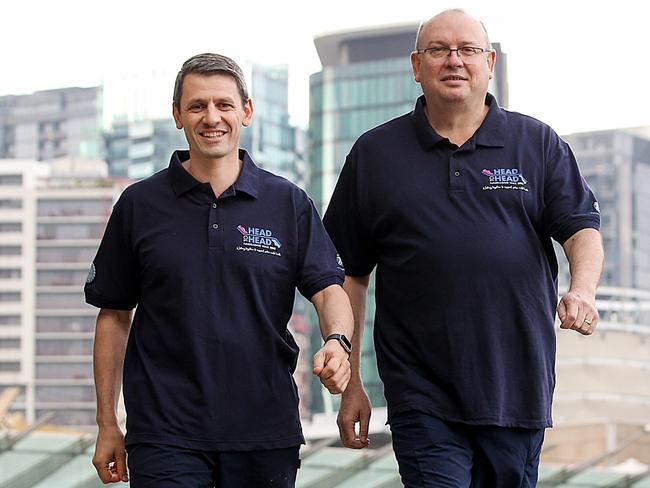
“Twenty years ago, the view was that when you graduated from the police academy you did so with three things: a cap, a badge and a stiff upper lip,” Ms Arthur said.
“Thankfully the police force has come a long way since then.
“Back then, admitting to levels of fragility because of what you had experienced was a sign of weakness, and many opted for the ‘DIY’ option to self-manage and medicate.
“For some, this usually took the form of ‘copious pots and a parma’ and a debrief with a colleague at the pub. For others it was grimmer.
“There was also a great fear that such an admission would result in either relegation or transfer from the role they loved.
“I’ll never forget one night when Rod came home from work. He wasn’t his usual self, he had been to the pub for a ‘debrief’.
“That day he had been called to an apartment in Prahran where he discovered a baby girl languishing in a cot, she had been there for up to four days.
“Her mother was dead on the floor, having overdosed on heroin. As Rod went to the cot to pick up the baby, her tiny body went limp in his arms — but her head managed to nestle against his neck as if grateful to be found, and desperate for human touch.
“That night he remained speechless. I knew to let him be, but nonetheless I felt helpless — how do you “unsee” that? How as a partner do you help to console that?
“What I did know was that Rod would front up to work the next day — and do it all again.
“Police should not be expected to constantly present with a ‘stiff upper lip’. The tragedy, violence and horror that so many police are confronted with daily is more than any ordinary person should have to bear without significant help and support.
“Being a police officer is more than just having a cap, a badge and a gun, and while a necessary tool of trade, they are not the most important.
“The most important aspect of policing is the ability to connect with the community and that requires a healthy mind.
“We rely on police to make critical decisions, many of which are made on the spot or in a split second, and we rely on their competencies to interact with the community in a meaningful way while working in a highly complex environment — a cap, badge and gun can’t do that — but a healthy mind can.
“Thank God, we have moved on. Where members are no longer sidelined but openly respected for being brave enough to say ‘I need some help’ and feel empowered to take control of what has or is happening to them.
“Thank God, we are now acknowledging that so many fine men and women who have since left the police force due to ill health are finally being recognised and supported.”
Ms Arthur’s son Jimmy was only seven weeks old when his father was shot dead and while she will never get over the murder of her husband, she has got on with her life and achieved remarkable things professionally and personally.
“Right from the beginning I developed a very strong bond with the Silk family. Peter is Gary Silk’s brother. We married seven years after Rod and Gary were murdered,” Ms Arthur said.
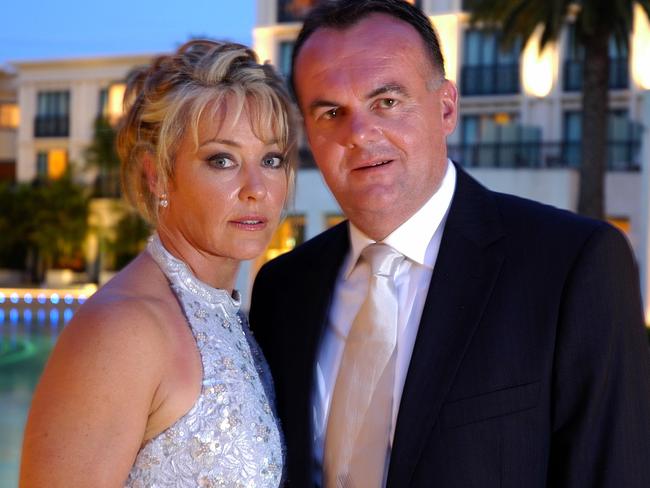
“Aside from having to take the vow to love and support the Hawthorn Football Club (I am at heart a Bombers supporter) and raising Jimmy to be a ‘Hawker’, our relationship developed very naturally. We started out as great friends, and the rest is history.
“I think Jimmy summed up what Peter means to him beautifully when he spoke at his 18th birthday.
“He spoke about Rod and that despite what had happened he had chosen to focus on how Rod lived, not how he died. He then went on to talk about Peter, what a great dad he is and how he had never been made to feel that he was anything but Peter’s son.
“It had everyone in tears, until Pete then whispered in Jimmy’s ear, ‘um mate — did you want to thank your mum?’
“I was so proud of Jimmy for that speech because it honoured Rod, paid homage to Peter and acknowledged that he lived in a loving, safe and happy home.
“Jimmy is a great young man, fabulous to be around, with a wonderful sense of humour. He is currently an apprentice carpenter and ‘loving it sick’ — his words not mine.
“He has expressed an interest in joining the police force, however that will be up to him, in his own time.
“I think he will excel at whatever he chooses to do. What I do know is that he is kind, respectful and has an exceptional work ethic.”
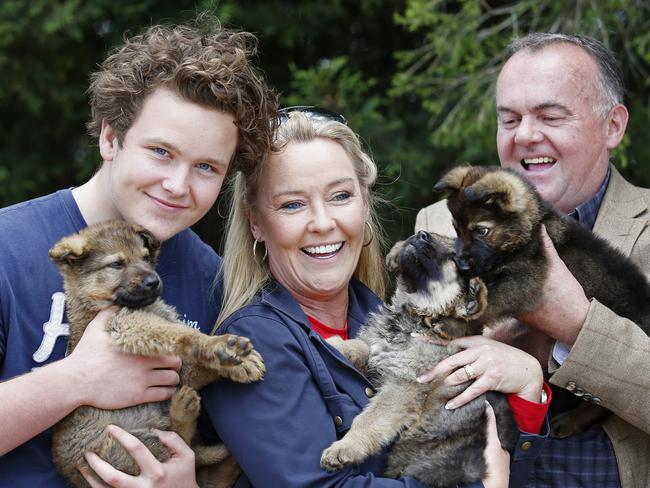
Ms Arthur is a founding member of the Sentencing Advisory Council, worked for Victoria Police as a manager in strategic planning for infrastructure and spent nine years on the Adult Parole Board before earlier this year taking up a full-time position with the newly-created Post-Sentence Authority.
“For many years I believed that to be tough on crime we needed to lock up offenders and throw away the key,” she said.
“But then I accepted a role as a community member on the Adult Parole Board and the Sentencing Advisory Council and subsequently became a far better educated and informed individual, more capable of appreciating the complexities confronting the criminal justice system.
“I am committed to understanding what we need to do as a community to prevent crime, by understanding why offenders commit crimes.
“Focusing on issues around homelessness, drug addiction, mental health, employment, education and social inclusion will solve a significant number of issues and result in less victims of crime. There is significant evidence to support this.
“On the night Rod was murdered, he managed to stagger 200m to a nearby restaurant, but he was so badly injured that he collapsed in the bushes out the front of the restaurant.
“He managed a cry for help, which reached the ears of people within the restaurant — but it was ignored because they thought Rod was a drug addict who had taken an overdose.
“I don’t blame them; I understand why they were nervous.
“But knowing this only reinforced why I want to play a part in improving the system and influencing the changes that are needed to deliver a socially cohesive society — where victims are considered significant stakeholders and where we no longer see a drug addict as ‘unworthy’ of our humanity.
“I don’t know if Rod would have survived if he had been found earlier, but I sure as hell would have liked him to have been given a fighting chance.
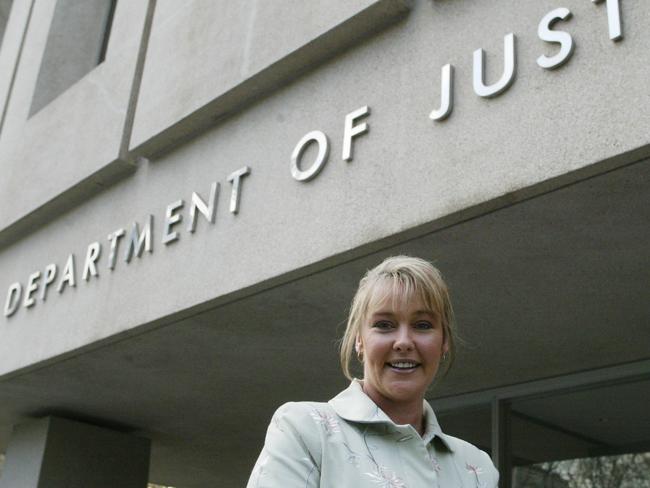
“The work I have done in the criminal justice system with the Adult Parole Board and the Sentencing Advisory Council was a catalyst for me accepting a role with the Post-Sentence Authority.
“It opened my mind to thinking about things differently and has enabled me to try and make something good come of Rod and Gary’s deaths.
“I am a full-time board member of the Post-Sentence Authority, I remain on the Sentencing Advisory Council, and this year was appointed to the Board of the Penington Institute.
“The Post-Sentence Authority is responsible for independently and rigorously monitoring serious offenders who have been placed on post sentence orders. It is a vital and necessary enhancement to the justice system.
“The Penington Institute is committed to rethinking how communities tackle unsafe drug use.
“The Sentencing Advisory Council bridges the gap between the community, the courts and the government by informing, educating and advising on sentencing issues.
“We will never be able to eradicate all crime. There are some people who are so dangerous that they will require constant management and monitoring. That is a reality.
“The challenge is in how we mobilise change and balance the needs of the community with the realities of what can authentically be delivered.
“I will always look upon my time on the Adult Parole Board as an absolute privilege and I will continue to defend the need for parole and the benefits it delivers to the community.
“Parole is an insurance policy for the community.”
Police secretly recorded Debs and Roberts discussing many disturbing things — including one conversation in which Roberts told Debs about a man who wanted his estranged wife, a mother of three, murdered.
They agreed the best way to do it was give her an overdose.
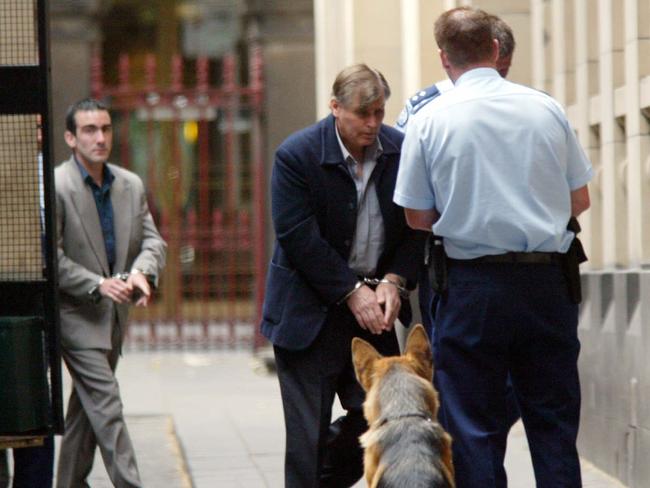
“Take it out of the packet, wipe up all the gear, double check, take the syringe out, have it already filled. Boom, boom, boom,” Roberts said as shocked police listened.
Debs replied: “Remember, that particular person’s been taking a lot of drugs and they need a massive hit. The person’s out of it, and just make sure they’re holding it in their hand and that’s it. When CP (his slang term for police) comes they say ah, had too much.”
Roberts then told Debs the husband “will pay good”.
With Roberts and Debs both under constant physical and electronic surveillance, they were never going to get the chance to put their overdose plan into action.
One particular conversation between Debs and Roberts had detectives scratching their heads as to what it meant.
It involved Debs telling Roberts what it was like to shoot a woman in the head.
“If you put the rod in the mouth and blew her brains away, when you put the rod in their mouth and close their mouth there’s no noise,” Debs said.
“Cross me heart. But you have to push right in and go click. All there is, is a bit of spatter everywhere. That’s it.
“You don’t clean nothing, just the tip of it. You just get a bit of spit and all that on the tip of it, serious. I’ve seen it. I’ve done it.”
It was only after Debs and Roberts were convicted over the Silk-Miller police shootings that the chilling recording made sense.
Thanks to the wonders of modern forensic science, detectives discovered Debs was a sexual deviant who had raped and killed two prostitutes before he ended the lives of Sgt Silk and Sen-Constable Miller
DNA was taken from Debs after he was arrested in 2000 over the 1998 Silk-Miller murders and later put on the Victoria Police DNA database.
That resulted in a cold hit — which is when the DNA of an offender is matched by the database with DNA from an unsolved crime in which the offender isn’t even a suspect.
The database produces a cold hit by comparing every DNA sample obtained from convicted criminals and suspects with every DNA sample collected from the scenes of unsolved crimes, such as semen from a rape, blood from an assault, saliva on cigarette butts, hairs left by burglars and skin scratched from attackers by victims.
This automatic comparison is done every time a new sample is added to the DNA database.
At the time Debs was convicted in 2003 of the Silk-Miller murders he wasn’t on anybody’s radar for the 1997 murder of Victorian teenage prostitute Kristy Harty.
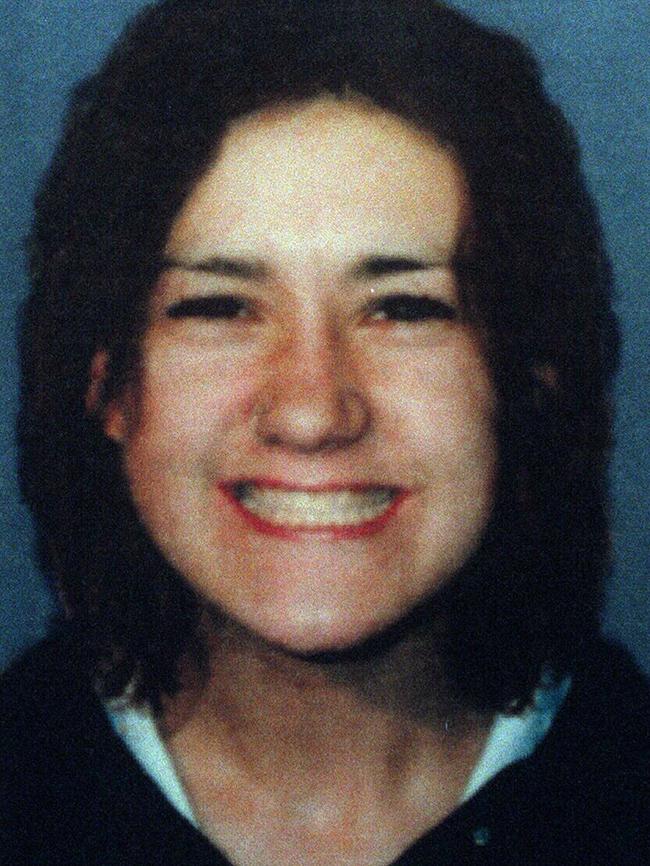
Armed with the new information that Debs’ DNA matched DNA the killer of Ms Harty had left at the murder scene, Victoria Police’s homicide squad began a new investigation into the shooting death of Ms Harty, 18.
Debs was charged over it 2005 and later convicted of murdering her.
To get a person who isn’t a suspect charged with one murder as a result of a DNA cold hit is a rare enough event — to get that same person charged with a second murder in the same random way just about never happens.
So imagine the surprise — and delight — of detectives when the national DNA database started receiving DNA profiles from state police forces in 2007 and Debs’ DNA was found to match DNA obtained from semen left inside the body of raped and murdered New South Wales prostitute Donna Hicks.
Debs is now serving four consecutive life sentences, without parole, for the Silk-Miller murders and the executions of Ms Harty and Ms Hicks.
Sadly, mother of three Ms Hicks picked the wrong bloke to get in a ute with — that bloke was Debs.
Debs, 41 at the time, and a father of five, forced Ms Hicks to have sex without a condom before shooting her in the head during the early hours of April 22, 1995.
He then dumped her body — naked except for a dog collar — in a drainage ditch near the entrance to a quarry in suburban Sydney.
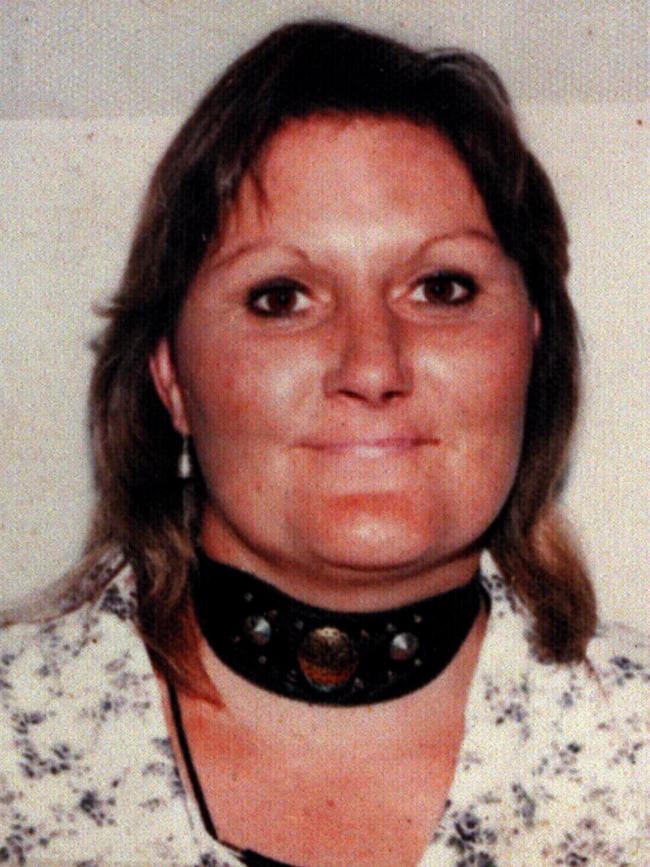
It was not using a condom which proved to be his undoing — but he wasn’t to know that until he was charged by NSW police with murdering Ms Hicks 15 years after he shot her.
Ms Hicks, 34, had a drug problem and regularly worked as a street prostitute to feed her habit, but she was also a loving mother to her children, then aged nine, six and five.
Because of her drug, relationship and other problems, the children lived with Ms Hicks’ mother Barbara, but Ms Hicks was a regular visitor and often took them to school.
The last time the children saw their mother alive was two days before she was murdered when she came round to give them a puppy.
Ms Hicks was hard to miss the night she was killed. She turned up at the Colyton Hotel in western Sydney about 10pm on Friday, April 21, 1995, wearing a very tight and short dress, with pink thongs on her feet and a black dog collar around her neck.
A number of pub patrons later told police Ms Hicks was very boisterous and that her dress was so short she was constantly pulling it down as her knickers were on show.
So disruptive was she that security staff ordered her to leave shortly after midnight, which she did with two beers in her hands. She was closely followed by Ronald Zanker, who she met that night.
Mr Zanker and Ms Hicks sat outside the pub and drank the beers. Mr Zanker asked her to come back to his house to have sex but she refused, saying she was heading to her regular prostitution patch outside the Minchinbury fruit and vegetable market on the Great Western Highway.
Still thinking he was in with a chance of sex, Mr Zanker walked with her from the pub to the market and was sexually fondled by her on the way.
Mr Zanker sat down on the grass outside the market while Ms Hicks stood by the side of the highway with her thumb out.
He saw a distinctive four-wheel drive ute with a back canopy pull up next to her. She had a short chat to the driver, walked back to Mr Zanker and told him she would be back in half an hour and then got in the vehicle — never to be seen alive again.
Ms Hicks’ body was found the next day a short distance away. A DNA profile was obtained from semen left inside the body.
That profile was put on the NSW police DNA database, but there were no matches and the crime remained unsolved for more than a decade.
It wasn’t until the national DNA database started receiving DNA profiles from state police forces in 2007 that the DNA from the unsolved Hicks murder was able to be compared with DNA profiles from offenders around Australia and found to be a match with Debs’ DNA.
It was also a DNA database cold hit that put Debs firmly in the frame for the 1997 murder of Victorian teenage prostitute Kristy Harty.
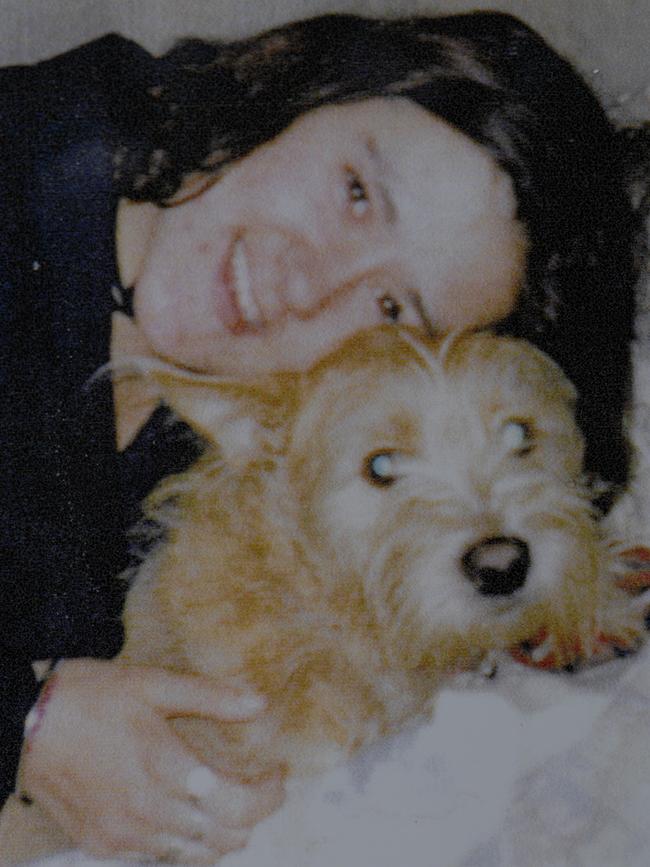
Debs’ DNA profile matched DNA taken from semen discovered with the body of Ms Harty, 18, and he was charged with her murder in 2005.
In December 2011, a NSW Supreme Court jury found Debs guilty of murdering Ms Hicks. Jury members had earlier been told of similar fact evidence in the killings of Ms Hicks and Ms Harty.
Prosecutor Pat Barrett said the similarities were significant.
“Both women were engaging in prostitution,” he told the NSW trial.
“One was working on the Great Western Highway in NSW, in a suburb of Sydney. The other was working on the Princes Highway in a suburb of Melbourne.”
Mr Barrett said Debs lived near where Ms Harty was murdered and detectives investigating the death of Ms Hicks discovered documentary evidence, including bank statements and transaction records, which showed Debs was in the area at the time Ms Hicks was killed, including visiting the pub she had been in just prior to being murdered.
“In the case of both of them, their bodies were found adjacent to a track in bush land. In both cases, the deceased was lying on the ground and no attempt had been made to cover or bury the body,” the prosecutor told the court.
“In both cases, the body had been dragged a short distance from a pool of blood and in both cases the blood was generally located on a track or roadway accessible to a motor vehicle.
“In both cases, the deceased young women had no underwear on. In both cases, they’d been shot in the head. In both cases, they’d been shot at close range.
“In both cases, they’d had recent unprotected sexual intercourse, that is, unprotected by condom because semen was found. In both cases, the DNA profile taken from the semen is the same as the profile of the accused.”
Other evidence against Debs in the murder of Ms Hicks in NSW, apart from the DNA match, included Debs owning a double cab Holden Rodeo ute with a canopy that matched the description of the vehicle Ms Hicks was seen getting into shortly before she was killed.
Police discovered evidence that the ute was parked in the driveway of Debs’ mother, who lived near where Ms Hicks was picked up, a few days before the murder.
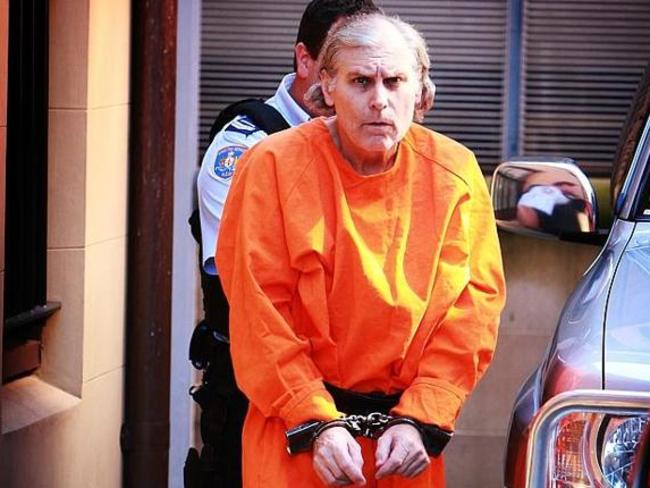
Although they didn’t know it at the time, detectives investigating the Silk-Miller shootings also literally uncovered damning evidence linking Debs to the murder of Ms Harty in Victoria.
They searched his mother’s NSW home in July 2000 on the day Debs was arrested over the police shootings.
Buried in a sealed plastic bucket under the house were several guns which had been stolen during an armed robbery at The Shooters Shop in Springvale on February 28, 1992, including a Smith and Wesson .357 Magnum of the type used to shoot Ms Harty in 1997 and Sgt Silk and Sen-Constable Miller in 1998.
The version of events below is what a Victorian jury, three Court of Appeal judges and the High Court concluded happened on the night of the police shootings — a version Roberts is now disputing in his petition of mercy.
Sgt Silk and Sen-Constable Miller were shot dead after they pulled over the car Debs and Roberts were in about 12.15am in Cochranes Rd, Moorabbin on August 16, 1998.

The two officers had been staking out the nearby Silky Emperor restaurant as part of a major Victoria Police operation to try to catch the two armed robbers responsible for a string of raids.
There was nothing to alert Sgt Silk and Sen-Constable Miller that the car they were stopping for a routine check contained not only the two robbers, but also a man who had already shot and killed prostitutes Ms Hicks and Ms Harty.
That might explain why Roberts and Debs reacted so violently seconds after being pulled over — neither wanted their past crimes to catch up with them.
Roberts, then aged 17 and the boyfriend of Debs’ eldest daughter Nicole, was the first to open fire after Sgt Silk ordered him out of the car. Sgt Silk considered the situation so routine he hadn’t drawn his weapon.
With a pen in his hand to take notes, Sgt Silk started asking Roberts questions and as Sen-Constable Miller was moving back towards the police car to radio in what they were doing Roberts pulled out his .38 calibre handgun and shot Sgt Silk in the chest at close range.
Sen-Constable Miller quickly fired at Roberts, but missed.
Debs dived back into his car as Roberts fired, got his .357 calibre Magnum handgun and shot at Sen-Constable Miller through the rear window of the Hyundai. It was glass fragments from that shattered window that ultimately helped police to identify Debs and Roberts as the shooters.
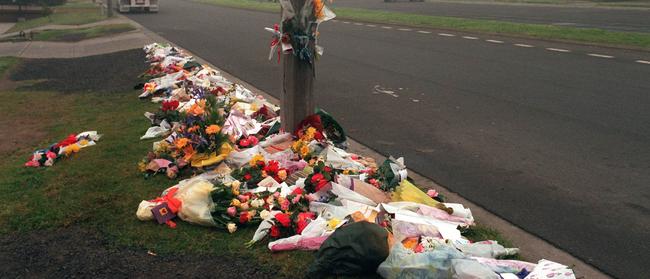
That shot through the back window missed. Sen-Constable Miller crouched behind the Hyundai and returned fire with a further three shots. Debs’ second shot hit Sen-Constable Miller in the chest.
Mortally wounded, Sen-Constable Miller found the strength to stagger and crawl back to the Silky Emperor for help, with Debs continuing to fire at him — but Debs didn’t follow him as he feared being identified or shot by Sen-Constable Miller if he did.
Debs then got out of the car and walked over to where Sgt Silk was lying on the nature strip. In what was a cruel assassination, Debs fired two shots, hitting the wounded officer in the hip and behind his left ear.
Debs and Roberts were arrested two years later by Taskforce Lorimer detectives and charged and later convicted of the Silk-Miller murders.
MORE TRUE CRIME:
MELBOURNE MAFIA MOBSTER A MURDER SUSPECT
KYLIE MAYBURY KILLER A SERIAL SEX OFFENDER


